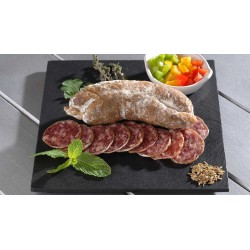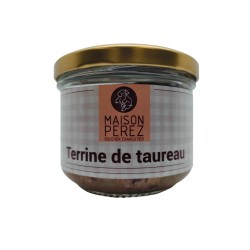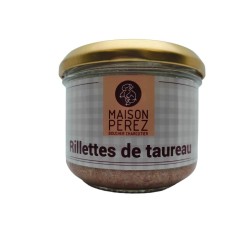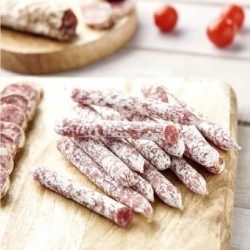
The Camargue Bull
I. The Camargue Cattle Breed
A. Origins and Evolution
1. Ancient History
The Camargue cattle breed has ancient historical roots dating back to the Gallo-Roman period.
Writings from this era attest to its existence, and it played a crucial role in crossbreeding for the reconstruction of the pseudo aurochs.
In a semi-wild mode and without the introduction of exogenous blood, this breed has preserved its ancestral character, thus maintaining its identity dating back two thousand years.
2. Genetic Evolution
Semi-wild breeding has preserved the genetic purity of the Camargue breed.
With a population of around 2,000 cows and 100 bulls in 2004, this breed has maintained its unique lineage.
By 2015, the total number of cattle in the Camargue area reached between 10,000 and 12,000, distributed among about a hundred manades (breeding farms).
B. Adaptations to the Environment
Camargue Environment
The Camargue breed has adapted exceptionally well to the specific ecosystem of the Camargue, characterized by its marshes and particular climatic conditions.
This adaptation has helped make this cattle breed an integral and harmonious component of this unique environment.
C. Physical Characteristics and Behavior
1. Robust Physique
The Camargue bull has a distinctive morphology with a shiny black coat and lyre-shaped horns, or even very upright goblet-shaped horns.
It is imposing yet relatively lightweight, averaging 1.40 meters for males and 1.20 meters for females, with a weight ranging between 250 and 400 kilograms.
These characteristics contribute to its aptitude for running.
2. Natural Behavior
Endowed with natural behavior, the Camargue bull showcases its instincts and its crucial role in the local ecosystem.
This breed retains behaviors inherited from its past, thus contributing to the biodiversity and ecological balance of the Camargue.
II. Camargue Bull Meat
A. Origins and Evolution
1. Ancient History
Camargue Bull Meat, benefiting from a controlled designation of origin since 2003 and a protected designation of origin since 2001, offers a unique culinary experience.
Its exceptional flavor and texture are directly the result of outdoor breeding in the Camargue terroir.
The meat is distinguished by its pronounced taste and tender texture, imbued with the distinctive characteristics of the region's natural environment.
B. Traditional Dishes
Local Cuisine
At the heart of Camargue gastronomy, Camargue Bull Meat plays an essential role in numerous traditional dishes.
Since time immemorial, it has been used to prepare local dishes, whose renown transcends the borders of the Camargue.
Iconic dishes such as gardianne de taureau and other local culinary creations highlight the richness and versatility of this meat.
Culinary Heritage
Consumption of Camargue Bull Meat is closely linked to the culinary history of the Camargue.
Initially intended for bullfighting events, the meat from this cattle breed has established itself as an indispensable element of local cuisine, thus contributing to preserving the authenticity of the region's culinary traditions.
C. Cultural and Ethical Values
Responsible Consumption
Camargue Bull Meat embodies responsible consumption.
By supporting local breeders and choosing this meat, consumers contribute to preserving not only a tradition rooted in the region's history but also a unique ecosystem.
It's an ethical choice that promotes sustainability and environmental respect.
Food Ethics
The relationship between the consumption of Camargue Bull Meat and ethical practices in food is inseparable.
Free-range breeding, selection based on combativeness rather than productivity, and respect for bullfighting traditions define a food ethics that goes beyond mere eating to become a commitment to preserving a culture and an ecosystem.
D. Preparation Tips
Culinary Suggestions
To fully enjoy Camargue Bull Meat at home, here are some culinary suggestions: roast Camargue bull, slow-cooked dishes like gardianne, and grills that highlight the unique flavor of this meat.
These recipe ideas allow for fully appreciating the exceptional quality of this meat while participating in the preservation of this local culinary tradition.







